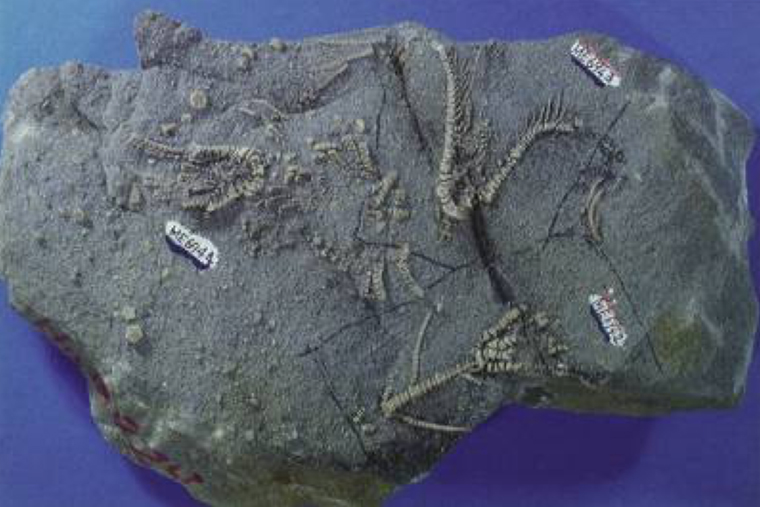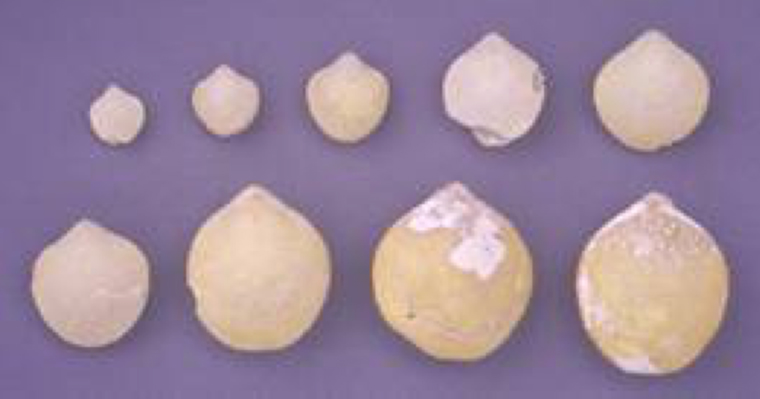

Department of Historical Geology and Paleontology
Following the tradition of university research, this department deals with both geology and paleontology. The most important part of the department's collection consists of approximately 32,000 published voucher specimens including more than 2000 name-bearing type specimens. Paleontology at the University of Tokyo has continued since the first professor Heinrich Edmund Naumann (1854-1927) to the present for more than 140 years, and over 100,000 specimens have been collected in its history. Among these, type specimens of the oldest (Upper Cambrian) cephalopod, Plectronoceras liatungensis as described by Teiichi Kobayashi (1901–1996), and the Cretaceous heteromorph ammonite, Nipponites mirabilis as described by Hisakatsu Yabe (1878–1969), are reputed worldwide.
The collection of this department also includes the European fossil specimens purchased from Dr. Krantz of Germany in the late 19th century. The Krantz collection includes many large plaster models of well-known vertebrate fossils (some have been displayed for the public) and numerous casts of Early Paleozoic trilobites preserved in foreign museums and institutions. A large collection of recent molluscan shells is also an important resource for comparative studies. Complementing these historical collections, the department has extensive and various collections of fossils gathered by university faculty members and students during their field surveys, excursions, and overseas expeditions.
 Fossils of the sea lily Isocrinus hanai from the Hiraika Formation, Miyako Group in Tanohata Village, Shimohei District, Iwate, Japan |
 Fossils of the brachiopod Kikaithyris hanzawai from the Wan Formation on Kikai Island (ca. 80,000 years ago), Japan |
Back to the Collection Division